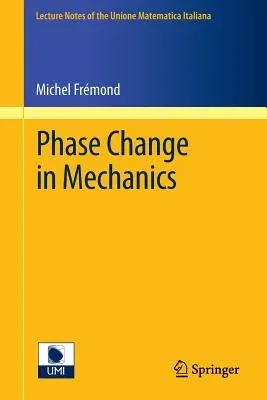Michel Frémond
(Author)Phase Change in Mechanics (2012)Paperback - 2012, 9 February 2012

Qty
1
Turbo
Ships in 2 - 3 days
In Stock
Free Delivery
Cash on Delivery
15 Days
Free Returns
Secure Checkout

Part of Series
Lecture Notes Of The Unione Matematica Italiana
Print Length
303 pages
Language
English
Publisher
Springer
Date Published
9 Feb 2012
ISBN-10
3642246087
ISBN-13
9783642246081
Description
Product Details
Author:
Book Edition:
2012
Book Format:
Paperback
Country of Origin:
NL
Date Published:
9 February 2012
Dimensions:
22.86 x
15.24 x
2.03 cm
Genre:
Science/Technology Aspects
ISBN-10:
3642246087
ISBN-13:
9783642246081
Language:
English
Location:
Berlin, Heidelberg
Pages:
303
Publisher:
Weight:
453.59 gm